Why protect wounds?

Bacteria: If left uncovered, bacteria have the potential to enter into the wound, which could possibly cause infections and delay healing
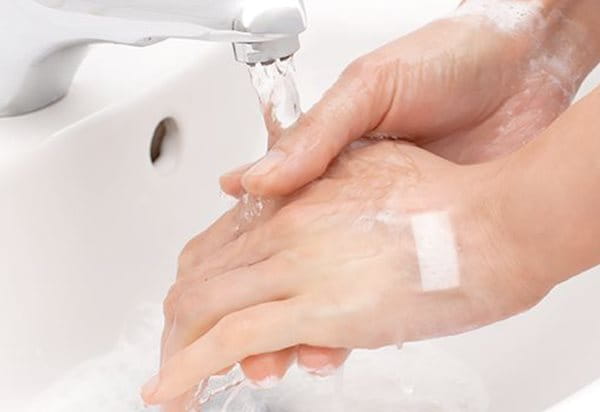


Why protect wounds?

Bacteria: If left uncovered, bacteria have the potential to enter into the wound, which could possibly cause infections and delay healing


A good wound care routine for optimal healing
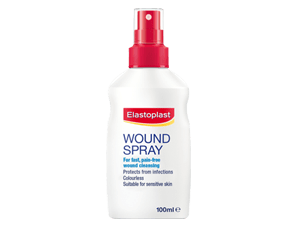
Cleanse: Cleansing the wound from dirt and bacteria is an essential first step to enable optimal healing. To prevent wound infections, spray Elastoplast Wound Spray from a distance of approximately 10cm onto the entire wound area. Repeat if necessary, then gently pat dry the area around the wound.
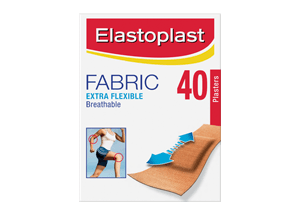
Protect: It’s important to protect the wound from external influences like dirt and bacteria to enable undisturbed healing. Cover your wound with the Elastoplast plaster or Elastoplast Non-Stick dressing that best suits your needs. Change the plaster or dressing daily unless you’ve been recommended to do otherwise by your doctor. You might find this Wound Dressing article useful.
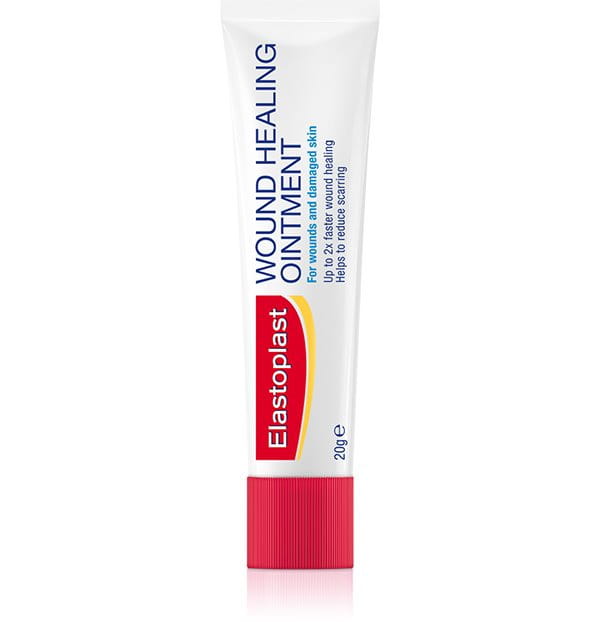
Which plaster is right for me?
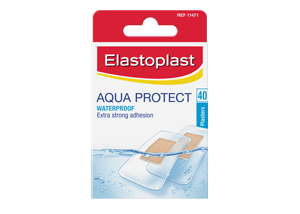
Need a waterproof plaster? Elastoplast Aqua Protect offers waterproof wound protection. Available in a variety of different sizes, it is ideal for use while showering, bathing or swimming. It contains a non-stick woundpad that protects and cushions smaller wounds, creating an ideal environment for healing.

Need an extra robust plaster? Elastoplast Heavy Fabric Waterproof Plaster is made for extreme conditions! Featuring Elastoplast's Hi-DRY TEX technology, these tough plasters are flexible and waterproof to provide a truly resilient plaster that’s perfect for outdoor activities, gardening or DIY projects.

Need a plaster for moveable areas? Elastoplast Extra Flexible Fabric Plaster works brilliantly when used on small wounds located on joints & moveable parts of the body. These extra flexible plasters stay put by stretching with the skin and the movement of the body.

Need to protect a wound on sensitive skin? Elastoplast Sensitive Plaster offers very skin friendly hypoallergenic wound protection. The soft breathable material of these gentle plasters cushions and protects wounds and is painless to remove.

Need to cover a larger area? Elastoplast offers a range of XL and XXL plasters for the protection of medium sized and larger wounds depending on your needs, including antibacterial product with Silver technology.
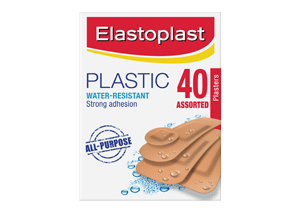
Need a plaster for small everyday wounds? Elastoplast Plastic Plasters are made for little scratches, burns and small cuts. These all-purpose plasters are breathable, water-repellent and offer protection to all kinds of small wounds.
Help wounds to heal better
Always see a doctor if the wound is deep, bleeds heavily or shows signs of infection like reddening, swelling or warmth. Please note that none of the above given tips or recommendations substitute medical advice. Carefully read the instructions for use given in our products' packages. Important: consult a health professional in case of any uncertainty of treating your wound properly.
For further information regarding Elastoplast products, please contact us via email on support.anz@elastoplast.com.au (AU and NZ). Carefully read the instructions for use given in our products' packages.